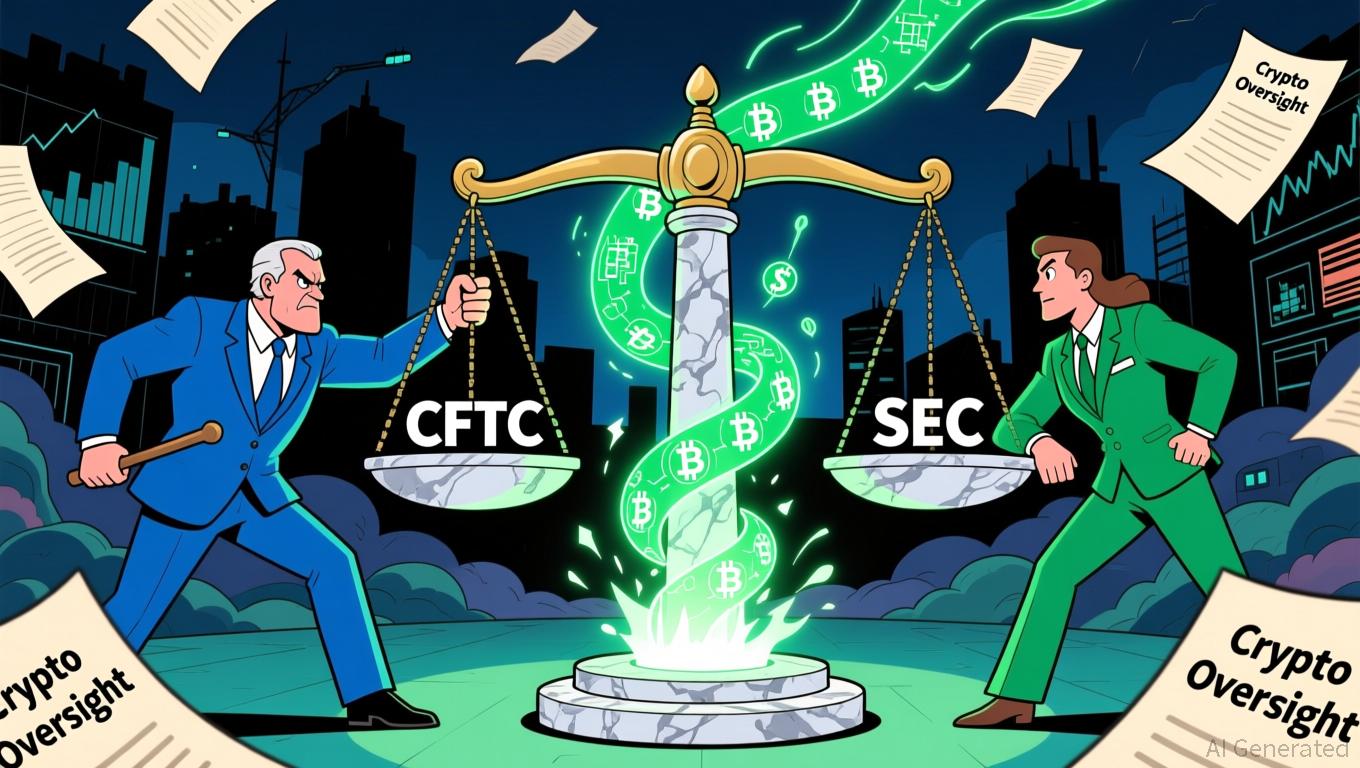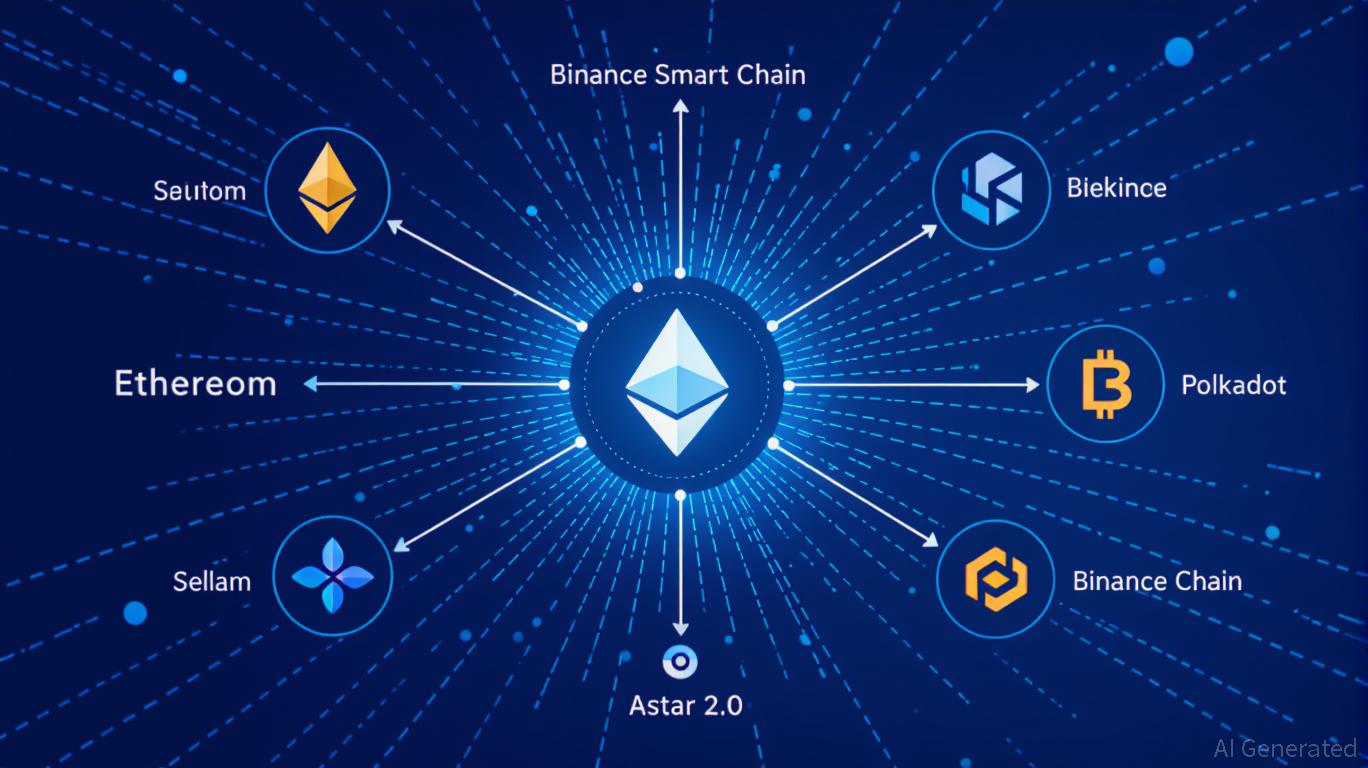Algo Slides 0.24% as Both Short-Term and Yearly Results Remain Subdued
- Algo (ALGO) fell 0.24% in 24 hours, marking a 51.21% annual decline amid three-week losing streak. - Technical indicators show oversold RSI (30) and bearish moving average crossover, lacking reversal momentum. - 30-day backtest of 10%+ drops revealed no reliable price recovery, with gains fading and win rates below 40%. - Market analysis suggests "buy-the-dip" strategy lacks risk-adjusted returns, urging focus on fundamentals or macroeconomic shifts.
As of November 15, 2025, ALGO experienced a 0.24% decrease over the previous 24 hours, settling at $0.1632. The asset has fallen 13.56% over the last week, marking its third straight week of declines. On a monthly basis, ALGO is down 8%, and over the past year, it has lost nearly 51.21% of its value. This ongoing downward trend casts doubt on the asset’s medium-term attractiveness to investors, even considering its history of volatility and speculative nature.
This recent correction reflects a broader shift in sentiment throughout the cryptocurrency market, as participants reassess their risk tolerance amid ongoing macroeconomic uncertainty. Although ALGO continues to trade within a defined range, major technical signals do not indicate a clear short-term direction. The Relative Strength Index (RSI) is close to 30, hinting at possible oversold conditions, but this is not matched by an uptick in buying activity. Additionally, the 20-day moving average has slipped below the 50-day average, further supporting a bearish outlook in
Backtest Hypothesis
A recent event-study backtest reviewed ALGO’s performance after daily drops of 10% or more between January 1, 2022, and November 15, 2025. The analysis found 29 such instances over a 30-day window. Although there was an average rebound of about 0.3% the day after each decline, these gains quickly faded. By the fifth day, the average cumulative return had turned negative and remained so throughout the 30-day period. The win rate also steadily decreased, dropping below 40% after the first two weeks. Importantly, none of the post-event return periods reached standard levels of statistical significance, suggesting that relying on historical price recoveries is not a dependable buy-the-dip approach.
The results indicate that purchasing ALGO after a 10% drop has not provided a risk-adjusted advantage over simply holding the asset. This is consistent with the current technical setup, where momentum is weak and there is no obvious trigger for a price reversal. Investors and traders may need to focus on factors beyond price movements—such as changes in project fundamentals or broader economic trends—that could potentially shift market sentiment.
Disclaimer: The content of this article solely reflects the author's opinion and does not represent the platform in any capacity. This article is not intended to serve as a reference for making investment decisions.
You may also like
Bitcoin News Update: CFTC's Broader Role in Crypto Regulation Ignites Discussion on Clearer Rules
- U.S. lawmakers propose expanding CFTC's crypto oversight via a bill reclassifying spot trading, diverging from SEC's enforcement approach. - Harvard University invests $443M in BlackRock's IBIT ETF, reflecting institutional confidence in crypto as a legitimate asset class. - DeFi projects like Mutuum Finance raise $18.7M in presales, leveraging regulatory momentum and transparent on-chain credit systems. - RockToken's infrastructure-backed crypto contracts attract long-term investors with structured yiel

DASH Aster DEX's Latest On-Chain Growth and What It Means for DeFi Liquidity
- DASH Aster DEX leads 2025 DeFi shift with hybrid AMM-CEX model and multi-chain support (BNB, Ethereum , Solana), boosting TVL to $1.399B and Q3 daily trading volumes of $27.7B. - Platform's 1,650% ASTER token price surge post-TGE attracted 330,000 new wallets, with 94% of BSC-USD volume ($2B/day) driving institutional adoption via Binance/YZi partnerships. - ASTER token mechanics enable 80% margin trading, 5-7% staking rewards, and governance rights, while annual 5-7% fee burns create scarcity and align

Astar 2.0: Leading a New Generation of DeFi and Cross-Chain Advancements
- Astar 2.0 introduces a zkEVM mainnet and cross-chain interoperability, slashing gas fees and enabling 150,000 TPS with 2025 scalability goals. - Strategic partnerships with Mazda, Japan Airlines, and Sony demonstrate blockchain's real-world applications in logistics, loyalty programs, and digital asset tokenization. - Q3 2025 data shows $2.38M DeFi TVL growth and 20% active wallet increase, alongside a $3.16M institutional ASTR token acquisition. - The platform aims to solidify its role as a foundational

Aster DEX Introduces New On-Ramp: Transforming Retail Participation in DeFi
- Aster DEX integrates institutional-grade custody and privacy tech (zero-knowledge proofs) to bridge retail-institutional DeFi gaps via BNB Chain partnerships. - TVL surged to $2.18B by late 2025 through yield-bearing stablecoins and hidden orders, attracting both retail and institutional liquidity. - Despite compliance gaps and wash trading concerns, Aster's Binance alignment and Coinbase listing signals growing institutional validation.
